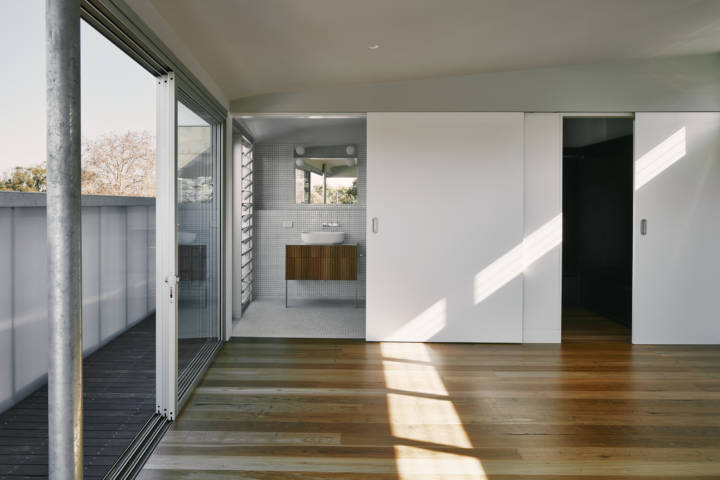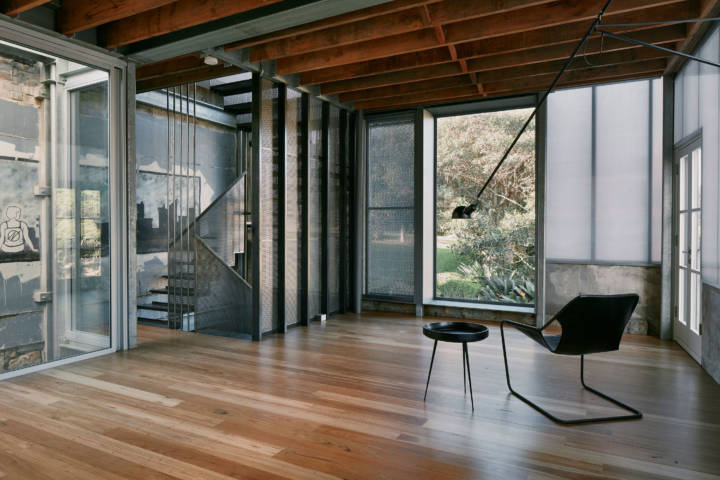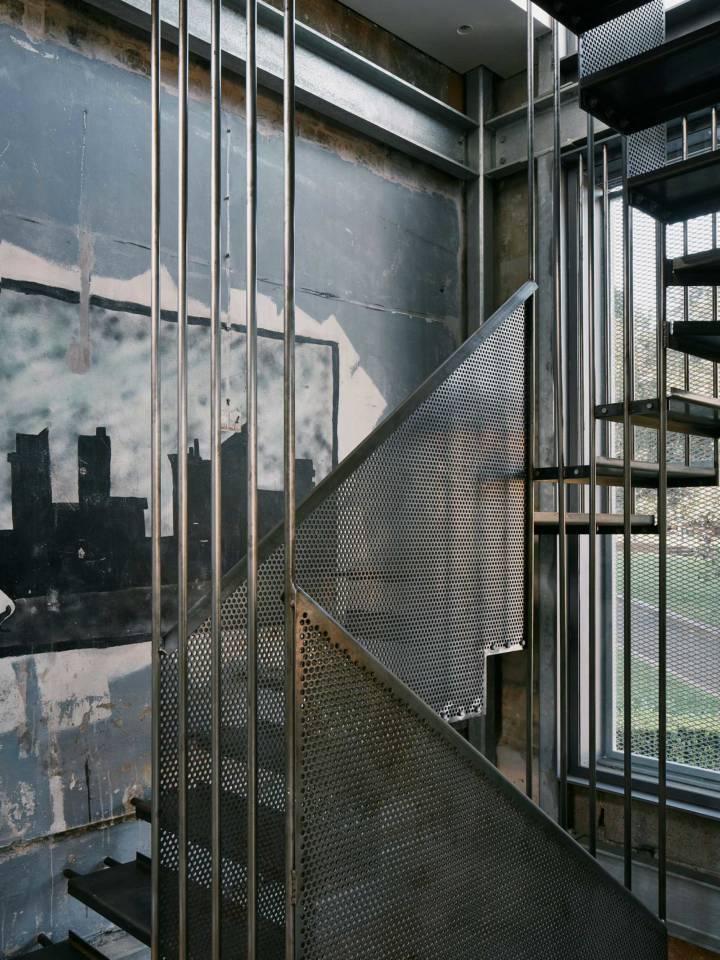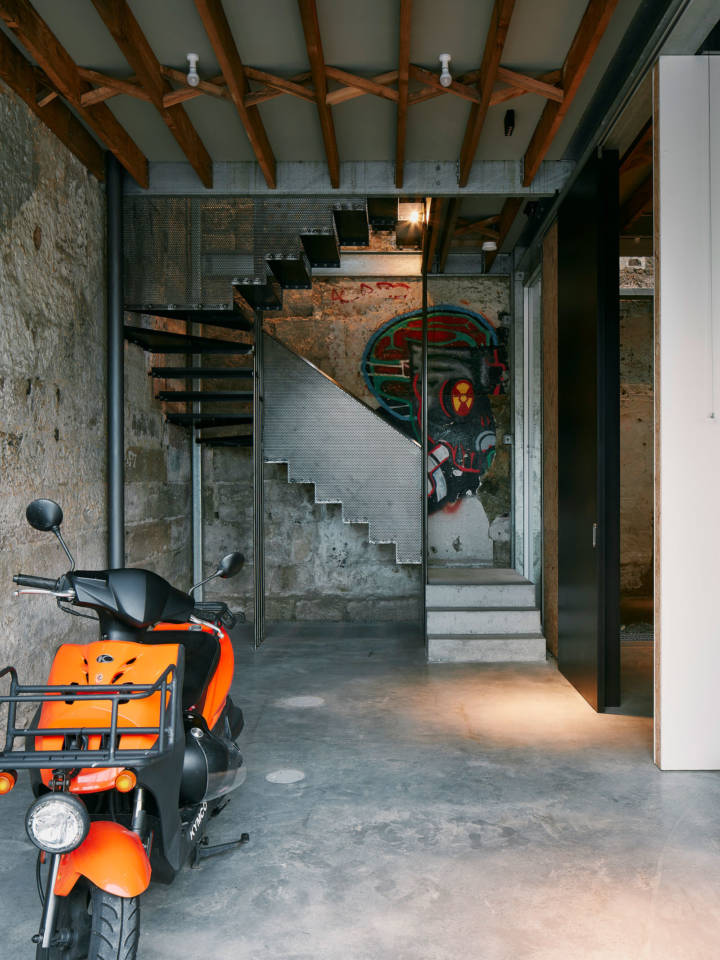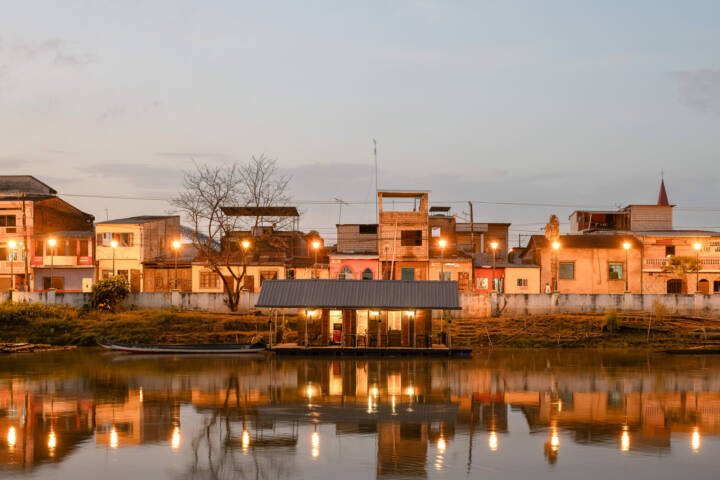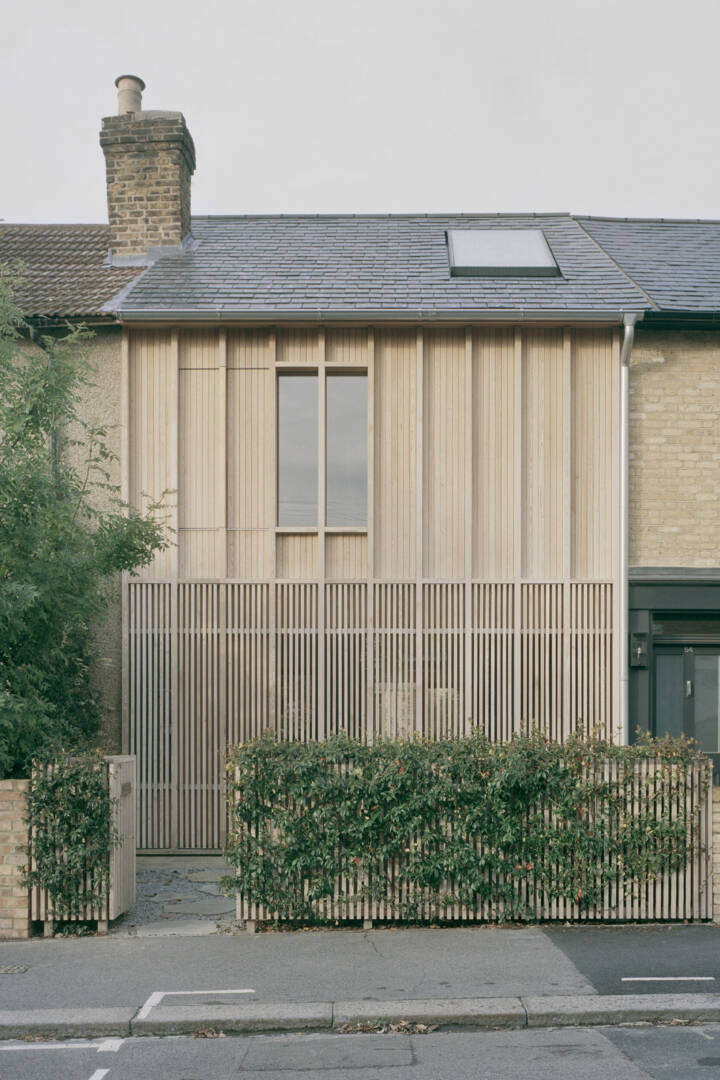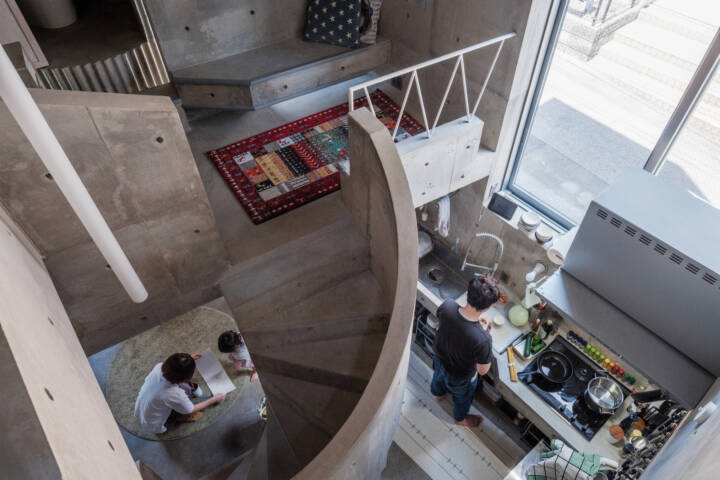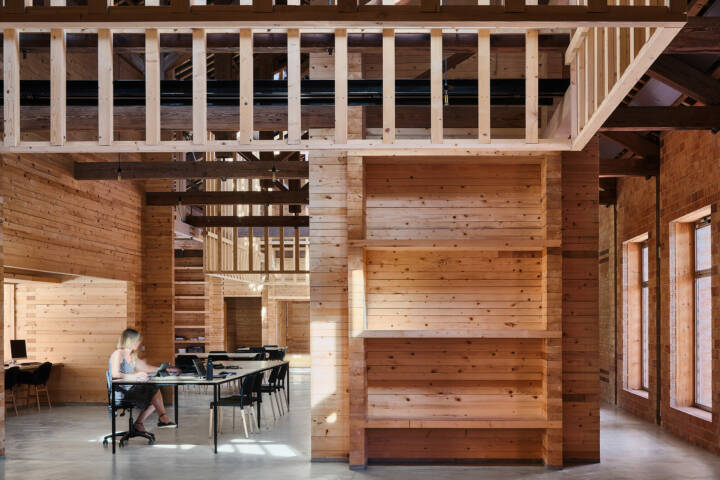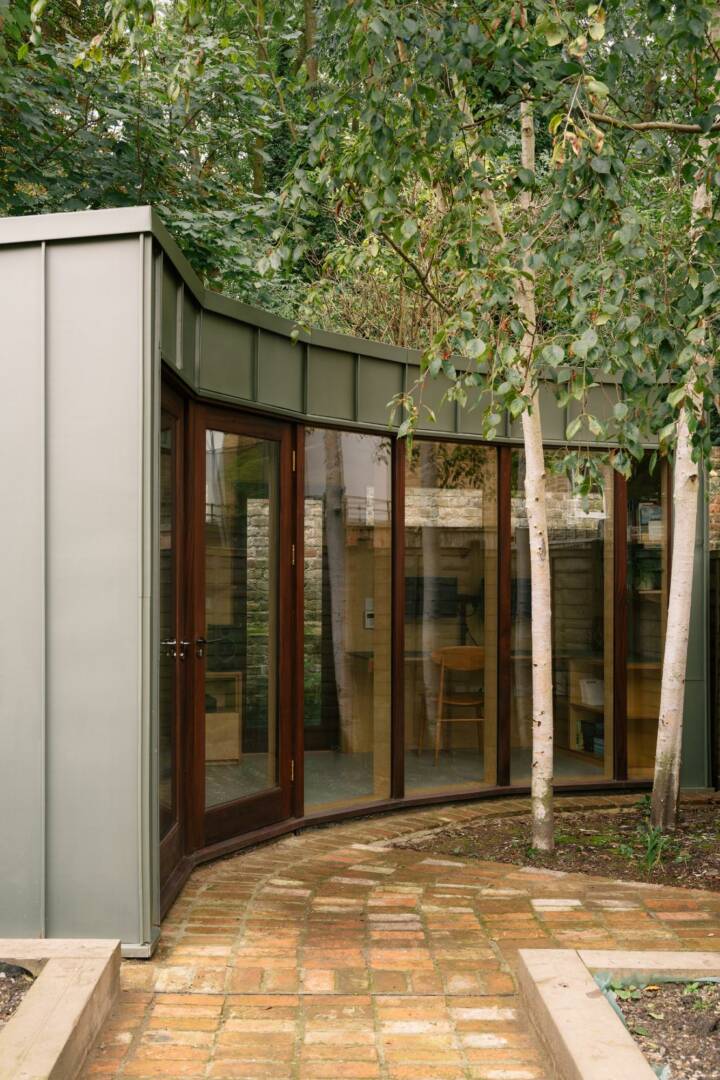Architects: Welsh and Major Photography: Anthony Basheer Construction Period: 2021 Location: Gadigal Land, Australia
Located on Gadigal Land, New South Wales, the property of the Hat factory, totalling 150 square metres, is gently divided into two apartments with near mirroring plans. With an unforgettable history featured in the Australian Museum of Squatting, as well as becoming somewhat of a western sentinel to Hollis Park, the clients requested the building to be transformed into a home that would accommodate their growing family of four. Utilising the existing boundaries on all four ends, Welsh + Major removed the romantics of what a warehouse turned residence, and instead opted for a jigsaw-esque approach in which allowed the new dwelling to encapsulate light and volume for independence and identity for the inhabitants.
Read MoreCloseBoth apartments include bedrooms and bathrooms above, workspace below, with kitchen, laundry, living, and dining nestled between. The two key decisions of light and volume allowed for the architects to retain the existing sandstone wall without encroaching on the privacy of their neighbours. At the northern rear is a lightwell formed from a new framework, offsetting an existing one to create a courtyard. The gesture is complimented by the south end street-facing façade made of a perforated steel encasement that thoughtfully blends with the existing stone wall and its entrances. Overall, The Hat Factory is texturally mended based on the poetic Japanese philosophy of Kintsugi (appreciating or illuminating remnants of history). The ground floor grounded by a concrete floor includes OSB board partitions that enclose another bedroom and bathroom away from the workspace. New industrial notes featured in the mesh staircase and silver balustrades make the exposed wall, peeling paint and graffiti intentional. Sleek and timelessness emboss themselves in chestnut timber veneer and marble joinery to blend seamlessly with external existing walls.
Meanwhile, bathrooms are lifted with a modern feel with micro white tiles glisten from floor to walls, with either a louvre window or a lightwell shower to frame the lush landscapes beyond. Where walls are too fragile to retain, they’re replaced with polycarbonate or additional masonry for soft filtering of the light — removing the all-too-cold feeling that industrial accents normally exudes. A space that can almost feel like a manifestation of a happy accident, The Hat Factory is not your conventional warehouse turned residential home. Patchworks of old and new, it feels like an opened time-capsule ready to receive new layers of narratives ahead. It reminds me of Rone’s mansion installations in a way, for every nook and cranny offers a new detail in a different light — it’s difficult to tear your eyes away.
Text provided by the architect.



